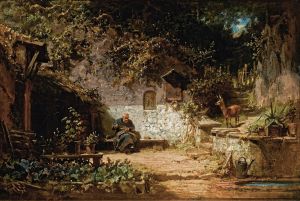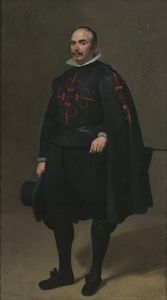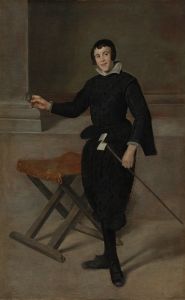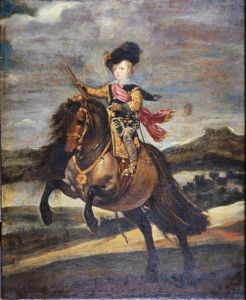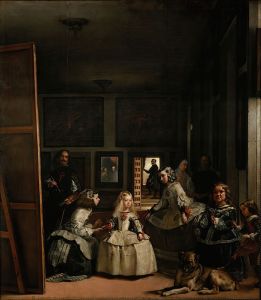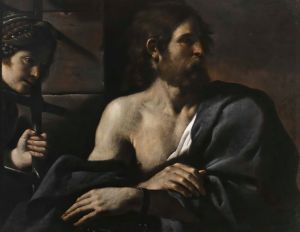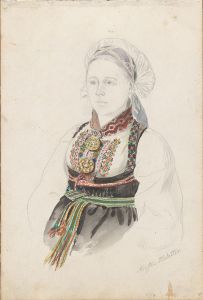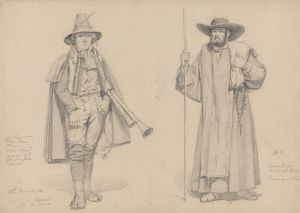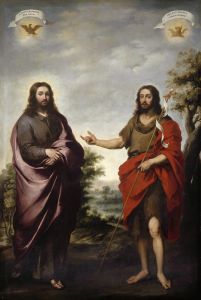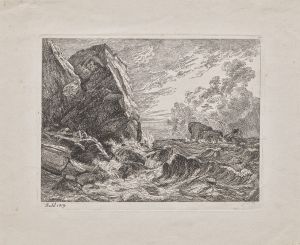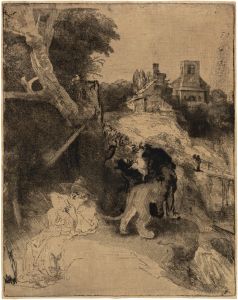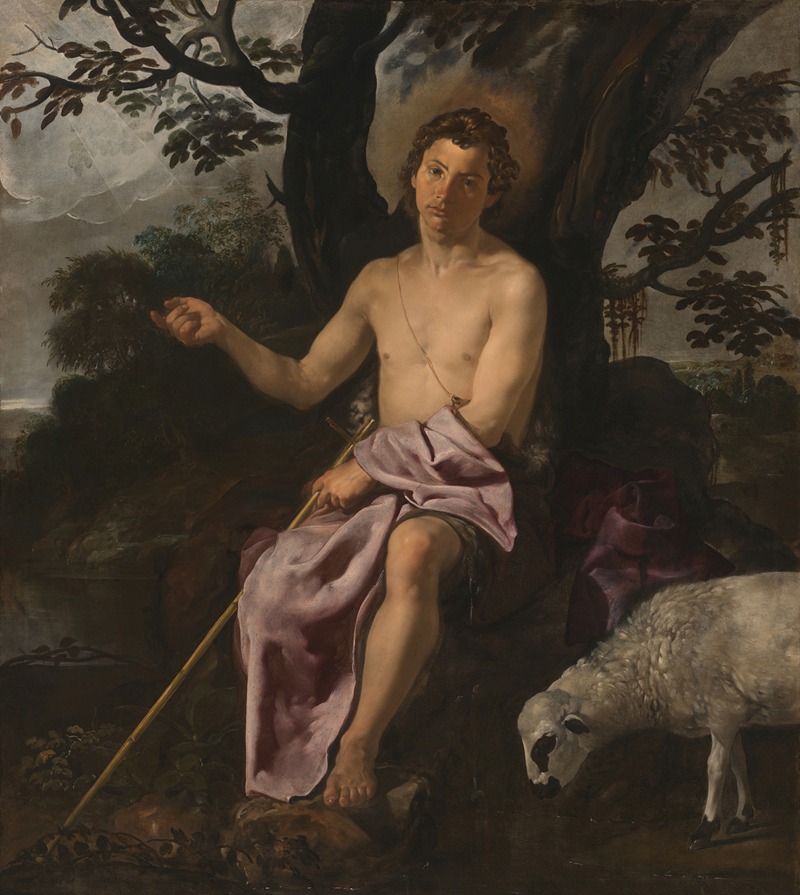
Saint John the Baptist in the Wilderness
A hand-painted replica of Diego Velázquez’s masterpiece Saint John the Baptist in the Wilderness, meticulously crafted by professional artists to capture the true essence of the original. Each piece is created with museum-quality canvas and rare mineral pigments, carefully painted by experienced artists with delicate brushstrokes and rich, layered colors to perfectly recreate the texture of the original artwork. Unlike machine-printed reproductions, this hand-painted version brings the painting to life, infused with the artist’s emotions and skill in every stroke. Whether for personal collection or home decoration, it instantly elevates the artistic atmosphere of any space.
"Saint John the Baptist in the Wilderness" is a notable painting by the Spanish Baroque artist Diego Velázquez. Created around 1622, this work is an exemplary piece of Velázquez's early period, showcasing his mastery in the use of chiaroscuro and his ability to convey profound emotion and realism.
The painting depicts Saint John the Baptist, a significant figure in Christian theology, known for baptizing Jesus Christ and preaching in the wilderness. Velázquez captures Saint John in a moment of contemplation, seated in a barren landscape that emphasizes his ascetic lifestyle and spiritual focus. The saint is traditionally portrayed with attributes that identify him, such as a reed cross and a lamb, symbolizing his role as the precursor to Christ and the "Lamb of God."
Velázquez's use of light and shadow in this painting is particularly noteworthy. The dramatic contrast highlights the saint's figure against the darker, more subdued background, drawing the viewer's attention to his expression and posture. This technique not only enhances the three-dimensionality of the figure but also imbues the scene with a sense of solitude and introspection.
The composition of "Saint John the Baptist in the Wilderness" reflects Velázquez's early influences and his exposure to the tenebrist style, which was popularized by Caravaggio and his followers. This style is characterized by stark contrasts between light and dark, creating a dramatic and often theatrical effect. Velázquez's interpretation, however, is more restrained and subtle, focusing on the psychological depth of the subject rather than overt drama.
Velázquez was born in Seville in 1599 and began his artistic training under Francisco Pacheco, a prominent painter and theorist of the time. His early works, including "Saint John the Baptist in the Wilderness," demonstrate his skillful adaptation of naturalism and his keen observation of human expression and form. These qualities would later define his mature works and earn him a place as one of the most esteemed painters of the Spanish Golden Age.
The painting is housed in the Museu de Belles Arts de València in Valencia, Spain. It remains an important piece within Velázquez's oeuvre, offering insight into his developmental years as an artist and his engagement with religious themes. The work is appreciated not only for its technical excellence but also for its ability to convey the spiritual essence of its subject.
"Saint John the Baptist in the Wilderness" continues to be studied and admired for its artistic merit and its contribution to the understanding of Velázquez's early career. It exemplifies the artist's capacity to blend realism with a profound sense of spirituality, a hallmark that would define his later masterpieces.





